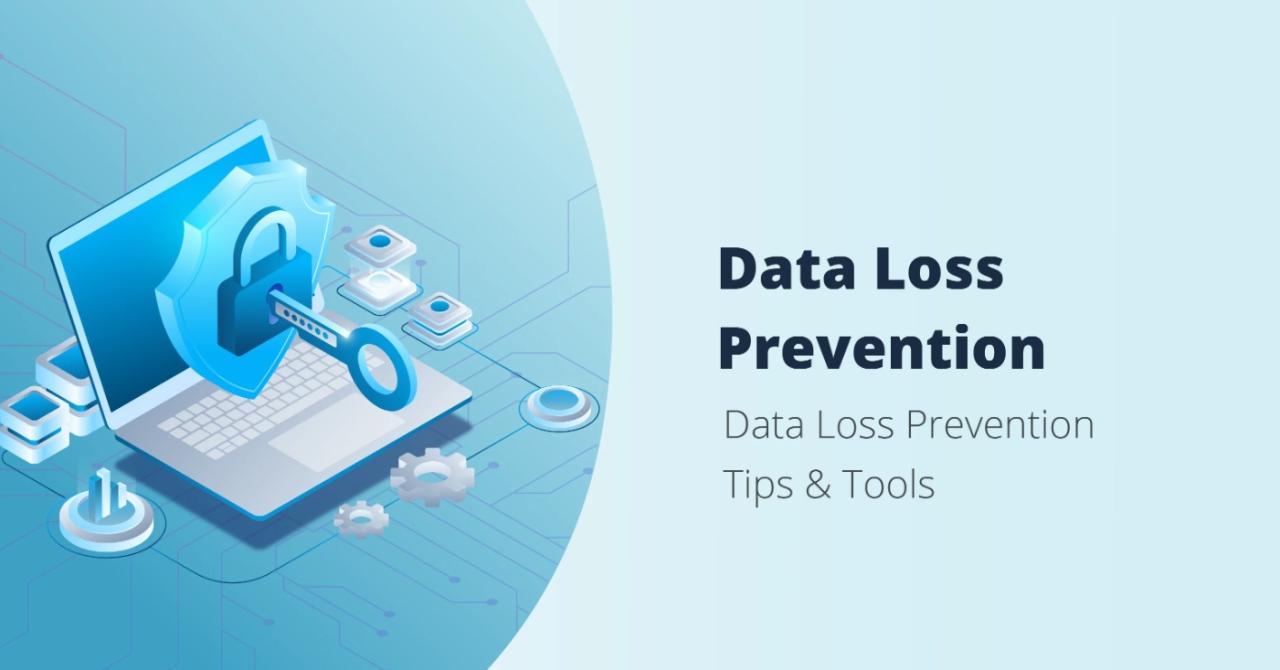DLP is an essential component of your cybersecurity toolkit. However, selecting the right DLP software package requires careful consideration. Determine your organization’s primary DLP objective – protecting IP, meeting regulatory compliance, or getting data visibility. This will help you determine the features your DLP program should include. Zero trust DLP is a crucial feature to look for in DLP security tools. This approach enables strong protection from data breaches while ensuring that only trusted users are granted access.
Data Discovery
Data loss prevention solutions are helpful when they detect sensitive information from the network by email or copied to USB drives. This can include personally identifiable information (PII), financial data, and regulatory compliance data. A comprehensive DLP solution will scan the entire network and identify all potential risky data. This includes structured and unstructured data and will help determine the best way to handle that data. It will also assess the environment and determine what alerts are needed to keep the organization informed. When an incident occurs, the DLP security software can respond with notifications and alerts informing employees of potential issues. This can include encrypting data or stopping the transfer of certain kinds of information to external parties. It can also help the business meet regulatory standards and other cybersecurity criteria to minimize the chance of a breach. This reduces the cost of remediation and enables the company to avoid fines from regulators that can damage its reputation and future revenue streams.
Data Classification
A DLP solution should be able to identify and classify different data types to allow for appropriate security protocols. It should also be able to track and monitor the flow of information to ensure that it does not go where it shouldn’t. This allows businesses to comply with GDPR, PCI DSS, and HIPAA regulations. To be effective, a DLP tool must have visibility to your organization’s data, including cloud storage, user devices, and network infrastructure. To provide this level of visibility, it is essential to understand your organization’s business processes and how data flows. This can minimize false positives and ensure that the DLP program is focused on the right things. It’s also important to realize that most data breaches are not due to malicious attacks but somewhat unintentional employee actions. It is essential to ensure that the DLP program includes initiatives to educate and communicate with employees about their responsibilities and what should be considered a legitimate business process. This awareness will reduce the number of accidental or malicious breaches.
Data Reporting
A centralized DLP program is an essential cybersecurity tool in the age of massive data breaches. It can help you track the movement of sensitive information, detect and block unauthorized sharing, and monitor and report on risky data activities across your network, including cloud platforms. For example, a DLP solution can identify employees who share data outside the enterprise using rules like “email to more than ten people” or “16-digit credit card numbers.” It can also use machine learning and behavioral analytics to analyze the context surrounding those actions and recognize what may be suspicious activations, which are specifically designed to mitigate insider risks by detecting and alerting suspicious file movements. It can also integrate with SIEM systems to automatically reduce events. It is best for companies with high-value, sensitive information, such as investment banks or research firms. It also has a serverless architecture and is built for speed. This makes it a good choice for business Google Cloud platform. It can also prevent phishing attacks and protect SecurID authentication tokens.
Data Encryption
Data encryption is a common feature of DLP security tools that ensures unauthorized users cannot see sensitive information within files. This enables businesses to limit access to authorized users and prevents them from accidentally or maliciously sharing confidential data with outside parties. Encryption is essential for protecting sensitive data at rest or in motion. This includes personally identifiable information (PII), financial data, and intellectual property. Many regulated industries have strict regulations regarding handling this type of data. For example, GDPR allows individuals to file complaints if their PII is shared without authorization. A DLP security tool can also enable organizations to monitor for data that is in transit. This can occur over the internet, between networks, or from a device to a cloud storage service. This is crucial to ensure that businesses meet compliance standards and prevent breaches caused by malware or disgruntled employees. Implementing DLP in stages is a good idea to ensure the right level of protection. Start by determining the primary objectives that drive your organization. This will help you determine the most appropriate architecture for your business needs.
Reporting Options
A DLP solution should provide a variety of ways to monitor and report on data movement and activity. This includes logging actions for auditing, alerting, or displaying a warning to employees that they may be unintentionally sharing sensitive information and even blocking data transfer to outside parties. The DLP features you choose depend on how your organization operates and the types of adversaries it needs to protect against. You can customize DLP to scan for specific threats, such as unauthorized data movement from your internal network or USB storage devices. Then, you can set policies that allow or block specific actions based on your rules. Your DLP program should also be able to track and prevent unauthorized data movements from cloud services, third-party software applications, email, and even enterprise messaging apps. This is important because cyber attacks are constantly evolving. You need to be able to adapt and adjust your DLP policy to meet changing compliance mandates. You also need to be able to protect against sophisticated insiders who act in ways you can’t predict or evade standard DLP security rules.
